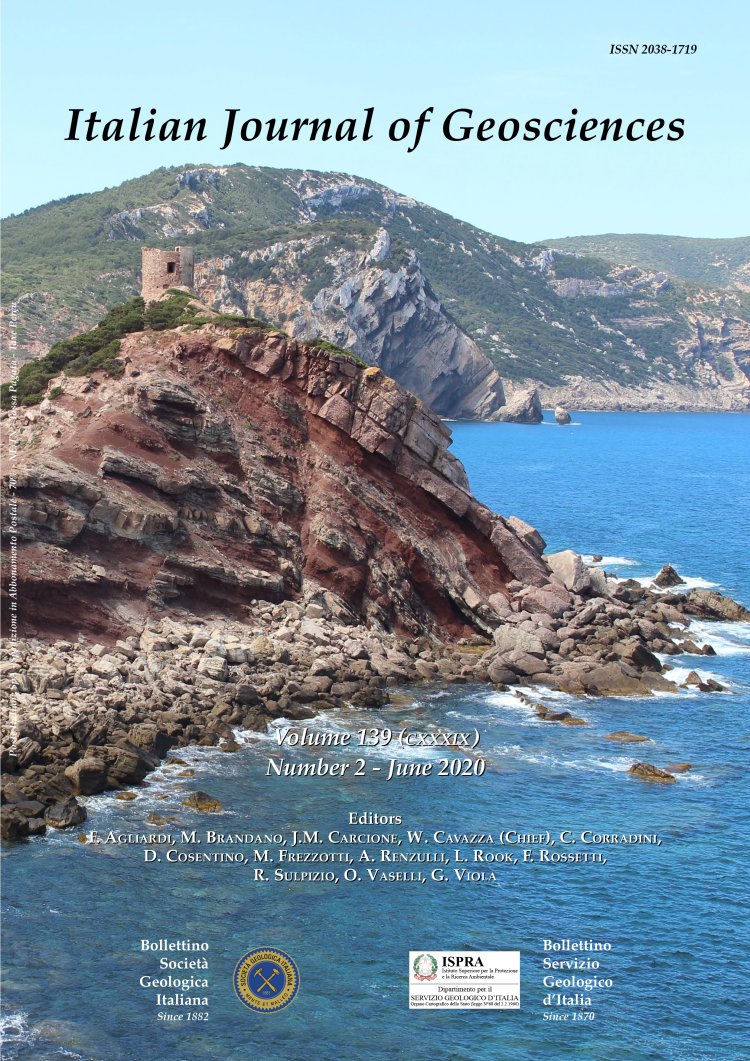
K-Ar fault gouge dating of Neogene thrusting: The case of the siliciclastic deposits of the Trasimeno Tectonic Wedge (Northern Apennines, Italy)
Filippo Carboni (1), Giulio Viola (2), Luca Aldega (3), Roelant Van der Lelij (4), Francesco Brozzetti (5) & Massimiliano R. Barchi (1)
(1) University of Perugia, Department of Physics and Geology, Via Alessandro Pascoli s.n.c., 06123 Perugia.
(2) University of Bologna, Department of Biological, Geological and Environmental Sciences, Via Zamboni 67, 40126 Bologna.
(3) University of Roma La Sapienza, Department of Earth Sciences, Piazzale Aldo Moro 5, 00185 Roma.
(4) Geological Survey of Norway, Leiv Eiriksssons vei 39, Trondheim, Norway.
(5) Centro InteRUniversitario per l'analisi SismoTettonica tridimensionale con applicazioni territoriali (CRUST), Università degli Studi "G. d’Annunzio" Chieti-Pescara, Via dei Vestini, 66013, Chieti, Italy.
Corresponding authors e-mail: filippocarboni@ymail.com
Abstract
Keywords
Get Full Text